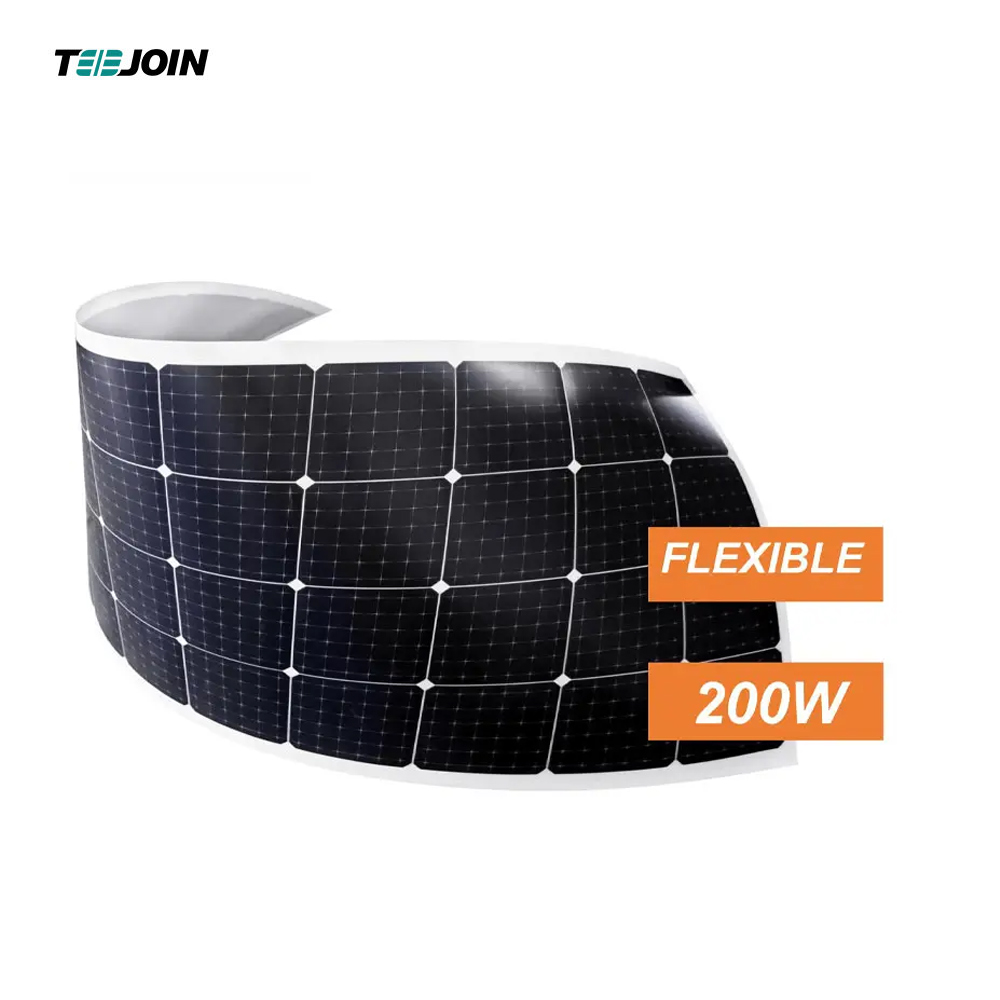How to equip a car charging gun with a 10KW solar system?
Converting a car charging gun (Electric Vehicle Supply Equipment, or EVSE) to be powered by a 10KW solar system involves a few steps. Keep in mind that modifying electrical equipment can be dangerous and may void warranties, so it's essential to consult with professionals and follow safety guidelines.
Here's a general outline of the process:
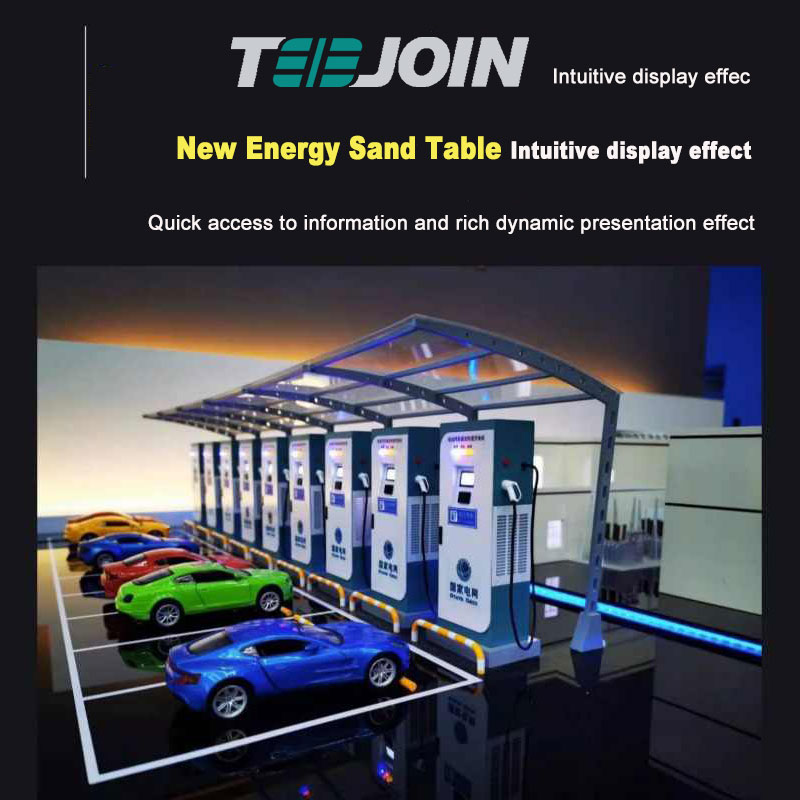
Evaluate power requirements: Determine the power requirements of the car charging gun. A 10KW solar system can generate up to 10 kilowatts of power under optimal conditions. However, it's essential to consider real-world efficiency losses due to weather, angle, shading, and other factors. The actual output may vary, so it's wise to have a safety margin.

Select a compatible car charging gun: Ensure that the EVSE you are using can handle the power generated by the 10KW solar system. It should have the necessary connectors and safety features to charge your specific electric vehicle model.
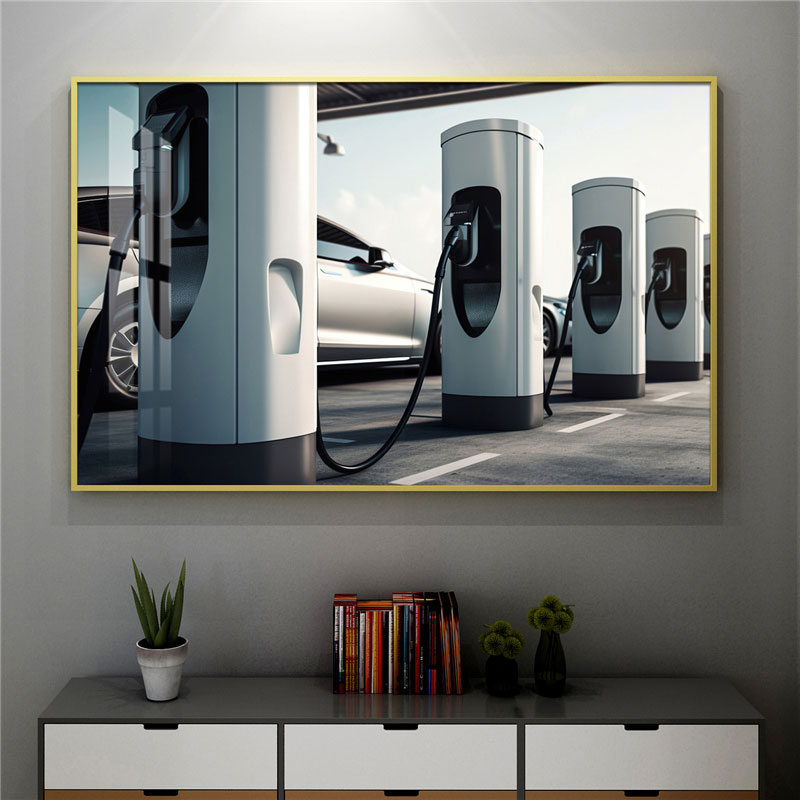
Install a solar panel system: Engage a professional solar installer to design and install a 10KW solar panel system on your property. They will consider factors such as solar panel placement, tilt angle, shading analysis, and optimal inverter sizing to maximize energy production.
Connect the charging gun to the solar system: The car charging gun typically requires a standard AC power input. To connect it to the solar system, you'll need an inverter to convert the DC power generated by the solar panels to AC power compatible with the charging gun.

Battery storage (optional): For better energy management and to ensure charging availability even during low sunlight or nighttime, consider adding a battery storage system to store excess solar energy. This stored energy can be used to charge the car when the solar panels are not generating enough power.
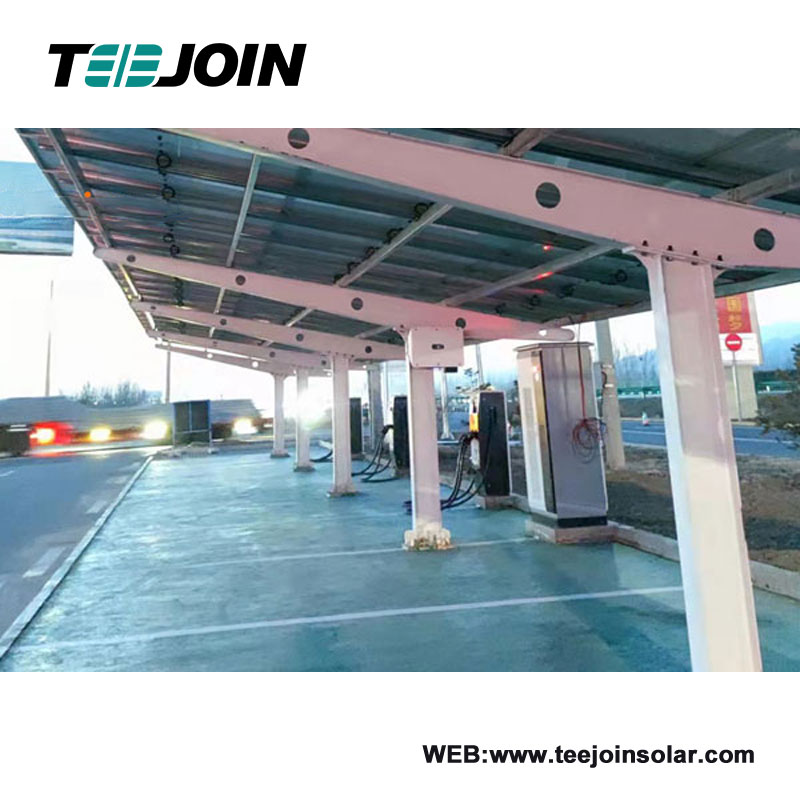
Safety considerations: Ensure that the entire setup complies with local electrical codes and safety regulations. It's critical to have proper circuit breakers, grounding, and protection mechanisms to prevent electrical hazards.
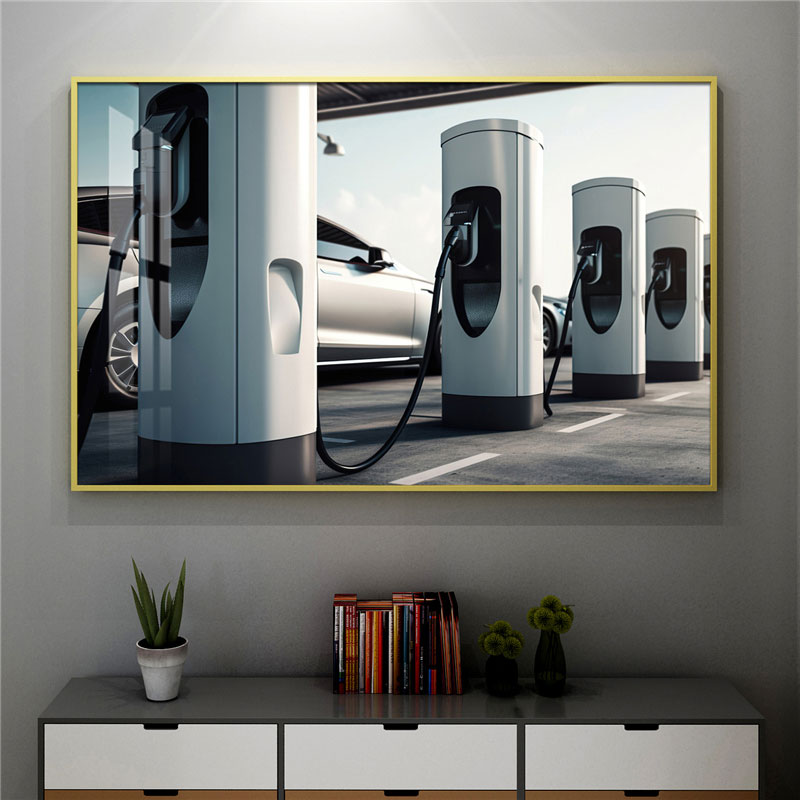
Monitoring and maintenance: Set up a monitoring system to keep track of the solar system's performance and energy consumption. Regular maintenance of both the solar panels and the charging gun is essential to ensure optimal efficiency and safe operation.

Verify compatibility: Before connecting the EVSE to the solar system, consult the car manufacturer's specifications and the EVSE manufacturer's guidelines to ensure compatibility and safety.
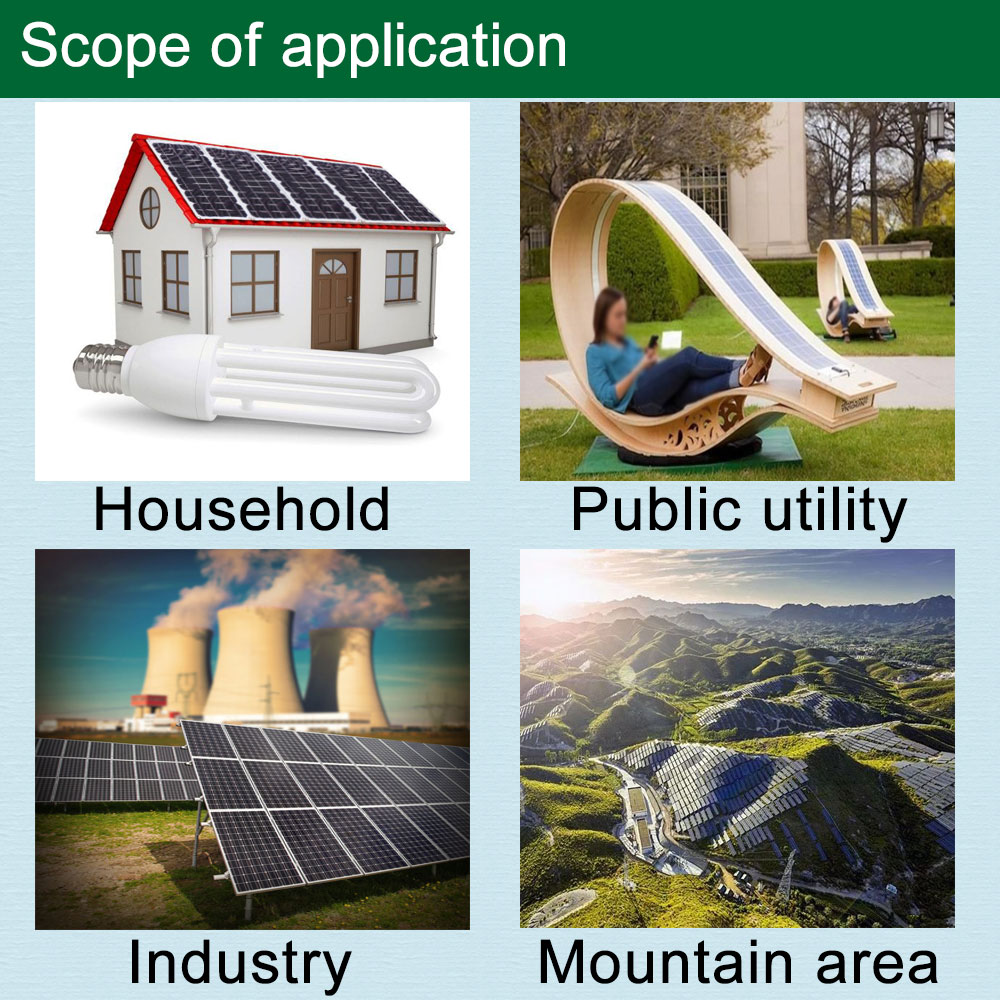
It's crucial to involve a certified electrician and solar installer in this project to ensure the safe and effective integration of the charging gun with the solar system. Working with professionals will also help you get the necessary permits and adhere to local regulations.
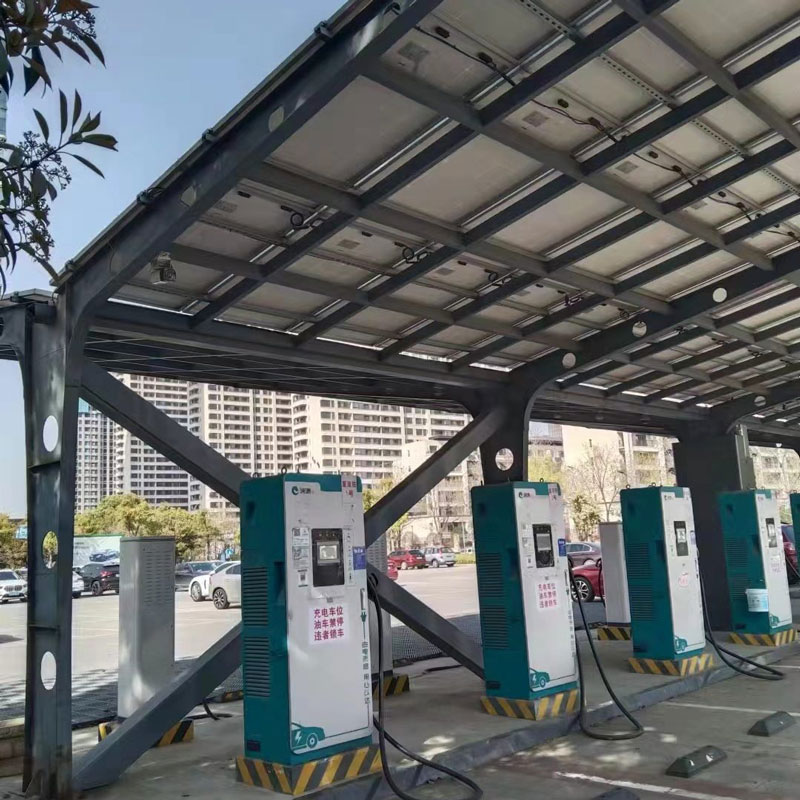
Follow us ! TEEJOIN SOLAR







